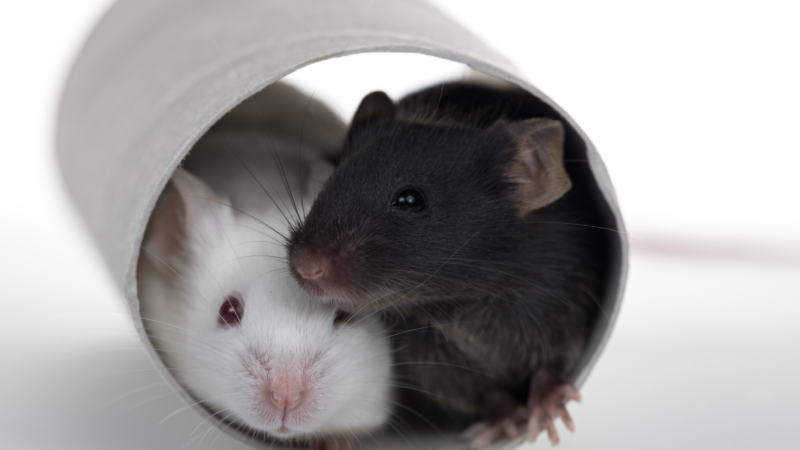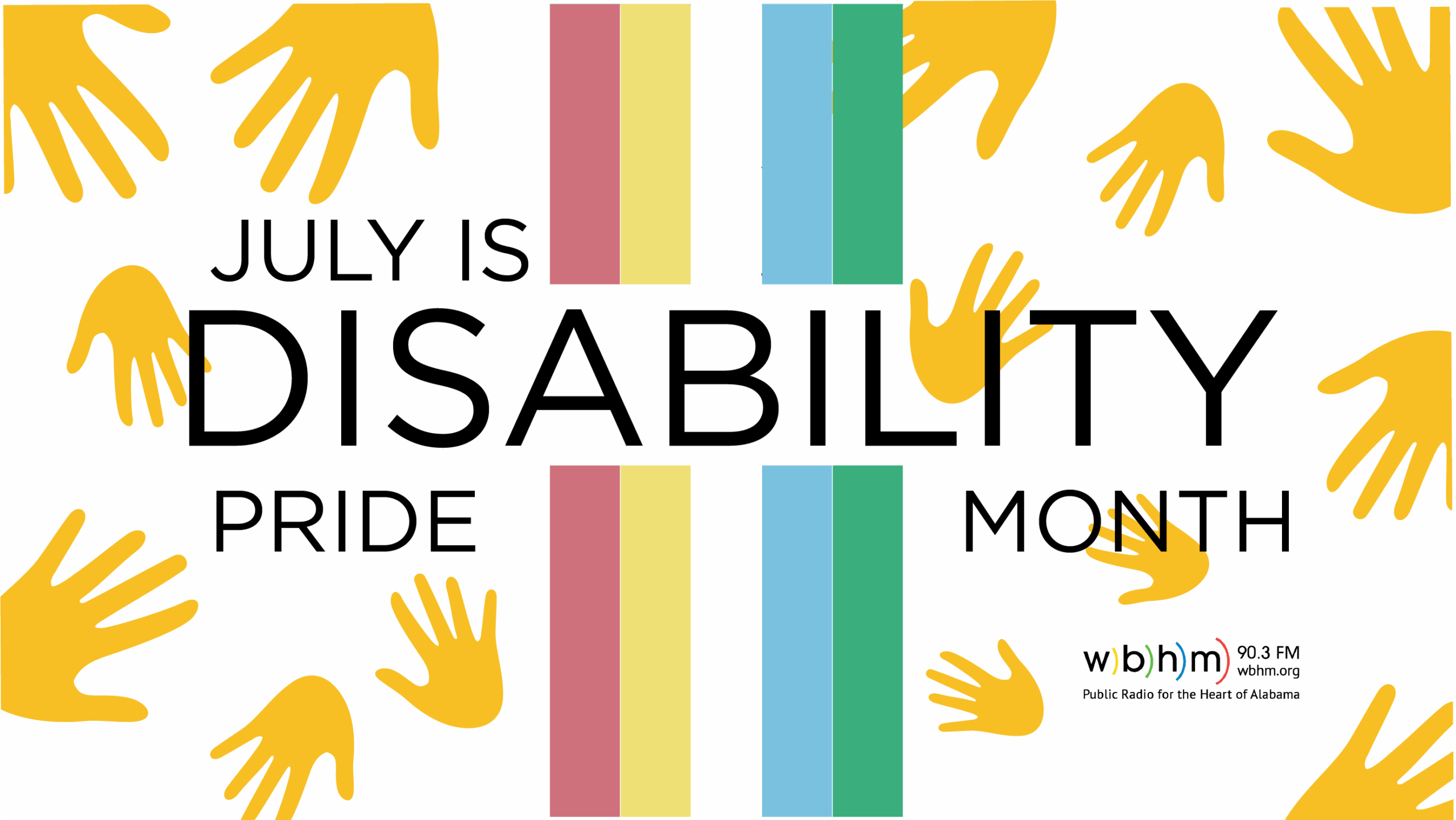Lab mice may give ‘first aid’ to unconscious mates
Li Zhang has anesthetized a lot of mice in his research career.
Several years ago, the University of Southern California neuroscientist began noticing that sometimes, when he placed an anesthetized mouse back in its cage, its cage mate would start acting strangely, sniffing and biting around the unconscious mouse’s face. To Zhang, it almost seemed like the mouse was trying to revive its knocked-out partner with something like first aid.
Such behaviors have been anecdotally observed in other species, like elephants or dolphins who help incapacitated group members. While other mouse researchers have noticed similar behaviors towards unconscious mice, it’s never been closely studied, says Zhang.
Now, he and his colleagues show that unconscious mice elicit a suite of behaviors from cage mates that seem to speed recovery from anesthesia. Oxytocin neurons, which underlie helping behaviors in a range of species, help activate the revival-like behaviors in mice, researchers reported in the journal Science.
“To me, this looks very much like a behavior that’s driven by what I would call the altruistic impulse,” says James Burkett, a neuroscientist at the University of Toledo who wasn’t involved in the study. “We can’t infer just from our observations that these mice have an intention to help. We only know that they’re responding to an animal in need and they perform a behavior that does benefit them.”
Zhang and his colleagues studied this behavior by presenting a mouse with an unconscious cage mate and an active mouse. They found that the subject mouse spent much more time interacting with the unconscious cage mate, exhibiting a consistent set of behaviors that escalated over time.
First, the mouse would just sniff and groom its knocked-out cage mate. But as the mouse remained unresponsive, the subject mouse would start biting its partner’s mouth, and even pulling out its tongue.
“It seems that the mouse can perform, deliberately, this whole set of behaviors,” says Huizhong Whit Tao, a neuroscientist at USC and study co-author. Those behaviors must be instinctual, Whit Tao says, since these mice had never had the occasion to learn, having never encountered an unconscious mouse before. “This is the first time that we’ve reported these kinds of emergency-like responses from animals.”
These emergency-like responses were also directed towards dead mice, for a time, but rarely towards active or even sleeping mice. Mice were also much more likely to spring into action for familiar mice, as opposed to strangers.
“That familiarity bias tells you that the animal’s not responding in a reflexive manner to the stimuli that they’re seeing,” says Burkett. “They’re actually taking into account aspects of the situation and the identity of the animal when they’re forming their response.”
Is the “first aid” truly helping?
All the poking and prodding paid off for the unconscious mice, as it somewhat sped up their recovery from anesthesia. Tongue pulling proved especially powerful, as the researchers found that it expanded the airways of unconscious mice. The team even placed small objects in the unconscious animal’s mouths, which tongue pulling dislodged.
“This was the most surprising part of the study,” says Whit Tao. “Obviously the effects are beneficial.”
Demonstrating that the mice are intending to help is obviously trickier than showing that the unconscious mice are helped, says Peggy Mason, a neuroscientist at the University of Chicago who wasn’t involved in the study.
“If I drop $20, by mistake, on the street and someone else picks it up, that person has been helped, but I have not helped them,” says Mason. “They found a great behavior, I don’t dispute that. I dispute the interpretation of it.”
An alternative interpretation is that mice are simply more curious about an unresponsive mouse plopped into their cage, especially if they know them. To test for this possibility, the researchers repeated their experiment over five days. If curiosity were the driving force, you’d expect the behavior to decrease as time goes on, Whit Tao says, as the novelty wears off.
“However, we saw the opposite,” she says. “There is no reduction in behavior, there’s a little bit of an increase.”
Mason remains unconvinced, suggesting it might take longer to get habituated. Burkett, on the other hand, thinks the researchers have shown this isn’t mere curiosity, especially when taking into account the neurobiological findings of the study.
The researchers found that oxytocin circuits in the brain were crucial in activating the revival-like behaviors. Oxytocin underlies helping behavior in a variety of species, suggesting something similar is at play here, says Burkett. “That was a really well done part of the study showing that this is engaging social behavior networks in the brain,” he says, though he stresses intentionality can’t necessarily be inferred from these results.
Given that the oxytocin circuits that help produce this innate, “first-aid-like” behavior are widespread across the animal kingdom, Zhang and Whit Tao suspect that such behaviors might be widespread too, given their potential benefit.
“That remains to be seen,” says Burkett. Still, the study suggests “that animals are engaging in the emotions and behaviors of others around them in a way that’s much richer than we previously realized.”
Transcript:
AILSA CHANG, HOST:
When we humans encounter an unconscious person, we might spring into action and try to revive them. Well, a new study in the journal Science hints that lab mice might do something similar. NPR’s Jonathan Lambert has more.
JONATHAN LAMBERT, BYLINE: Neuroscientist Li Zhang has anesthetized a lot of mice for his research. Several years ago, as he brought these knocked-out mice back to their cages, he started noticing that the mice around them were acting strangely.
LI ZHANG: Then we noticed, OK, its cagemate has shown very strong social interaction with this anesthetized partner.
LAMBERT: At first, the mouse would just sniff its cagemate, but as the cagemate remained unresponsive, the behaviors would escalate to things that seemed almost like first aid, says Zhang’s colleague at the University of Southern California, Huizhong Whit Tao.
HUIZHONG WHIT TAO: No behaviors like this has been reported before.
LAMBERT: The fact that lab mice seemed to be doing this offered a rare opportunity to study this in more detail. First, the team presented a subject mouse with an unconscious cagemate or an active mouse. The subject mouse spent a lot more time engaging with the anesthetized mouse.
TAO: So it seems that the mouse can perform deliberately this whole set of behaviors, escalating from sniffing, grooming, to more forceful actions such as tongue biting, mouth biting and tongue pulling.
LAMBERT: Those behaviors turned out to help the mice regain consciousness. When mice pulled out the tongues of their cagemates, that actually expanded the airways of the unconscious mouse and helped dislodge foreign objects that the researchers had placed there. What’s more, it turned out that mice didn’t just help any old mouse but favored helping mice that they knew.
TAO: Familiarity is a very important factor, so it plays the major role.
LAMBERT: These results led the researchers to think that maybe the mice are actually trying to help their friends. But they also might just be curious. To test that possibility, they repeated the experiment over five days. It turned out that the mice actually became a bit more interested in their unconscious cagemates over that time period.
TAO: This type of experiment can exclude the possibility of curiosity as a driving force.
LAMBERT: Finally, the researchers studied the mouse’s brains and found that oxytocin circuits were crucial for the behavior. Oxytocin plays a key role in helping behaviors across all sorts of animals. Altogether, Tao and Zhang say that the evidence supports the idea that the mice are actually trying to help their friends, even perhaps out of a sense of empathy. Peggy Mason, a neuroscientist at the University of Chicago, isn’t so convinced.
PEGGY MASON: They found a great behavior. I don’t dispute that. I dispute the interpretation of it.
LAMBERT: Specifically, she doesn’t buy that the mice actually intend to help. She offers this analogy.
MASON: So if I drop $20 by mistake, somebody else picks it up – that person has been helped, but I have not helped them.
LAMBERT: She thinks that curiosity about this weird, unconscious mouse could still be driving these behaviors. But James Burkett, a neuroscientist at the University of Toledo, thinks that it might be an instinctual helping behavior.
JAMES BURKETT: To me, this looks very much like a behavior that’s driven by what I would call the altruistic impulse.
LAMBERT: The fact that even lab mice might be behaving in this altruistic way suggests to him that the inner lives of many animals may be much richer than humans have realized. Jonathan Lambert, NPR News.
(SOUNDBITE OF BUN B AND STATIK SELEKTAH SONG, “STILL TRILL (FEAT. METHOD MAN AND GRAFH)”)
Supreme Court allows Trump to resume mass federal layoffs for now
Justice Ketanji Brown Jackson, who was appointed to the court by President Biden, dissented.
Graphics: Where the Texas floods happened and how high the waters rose
One Guadalupe River gauge near Kerrville and Camp Mystic recorded a rise of more than 25 feet in two hours.
Haiti’s iconic Hotel Oloffson, long a cultural beacon, destroyed by gang violence
The Hotel Oloffson in Haiti's capital Port-au-Prince, long a haven for artists and writers, poets and presidents, a symbol of Haiti's troubled politics and its storied past, has been destroyed by gangs.
New books this week focus on Caitlin Clark, King Tut, and how ‘Democrats Lost America’
Plus: a new novel from Gary Shteyngart, a true story of a shipwreck, and a memoir from a wrongly incarcerated inmate who was exonerated after 28 years behind bars.
Shoes off at the airport? TSA appears to be giving the pesky rule the boot
For nearly twenty years, most air travelers in the U.S. have been required to remove their shoes when going through security. That requirement seems to be ending.
Texas flood recovery efforts face tough conditions as local officials face hard questions
Emergency responders kept hope alive as they combed through fallen trees and other debris that littered the hard-hit central Texas communities on the fifth day after devastating floods killed more than 100.








